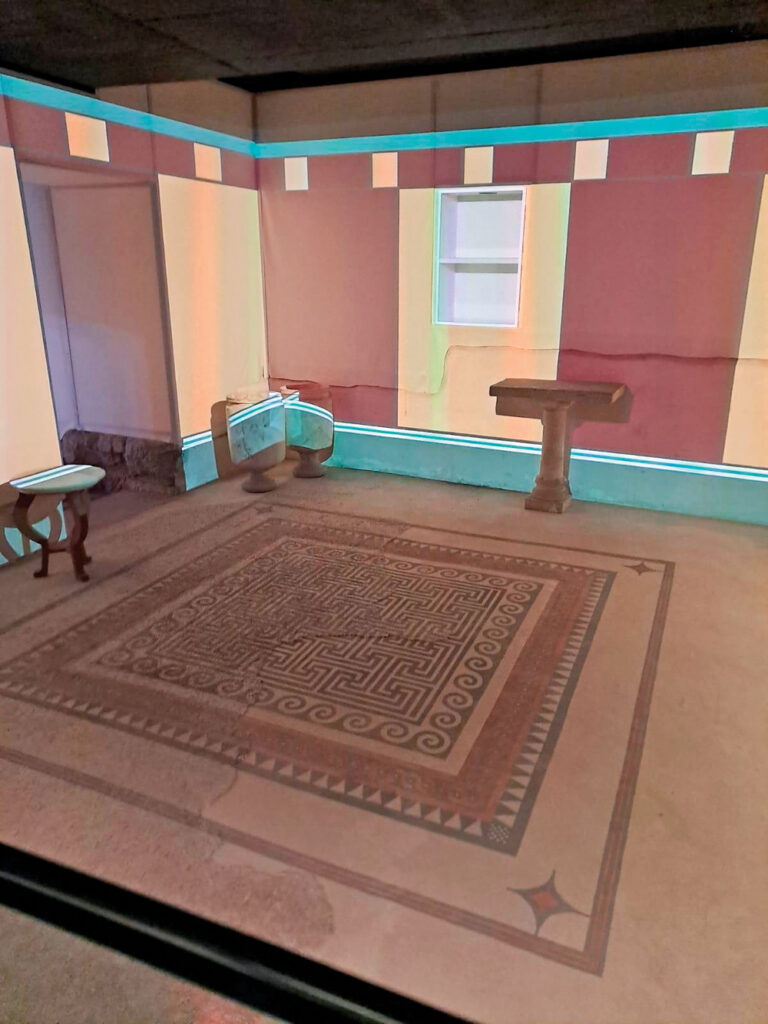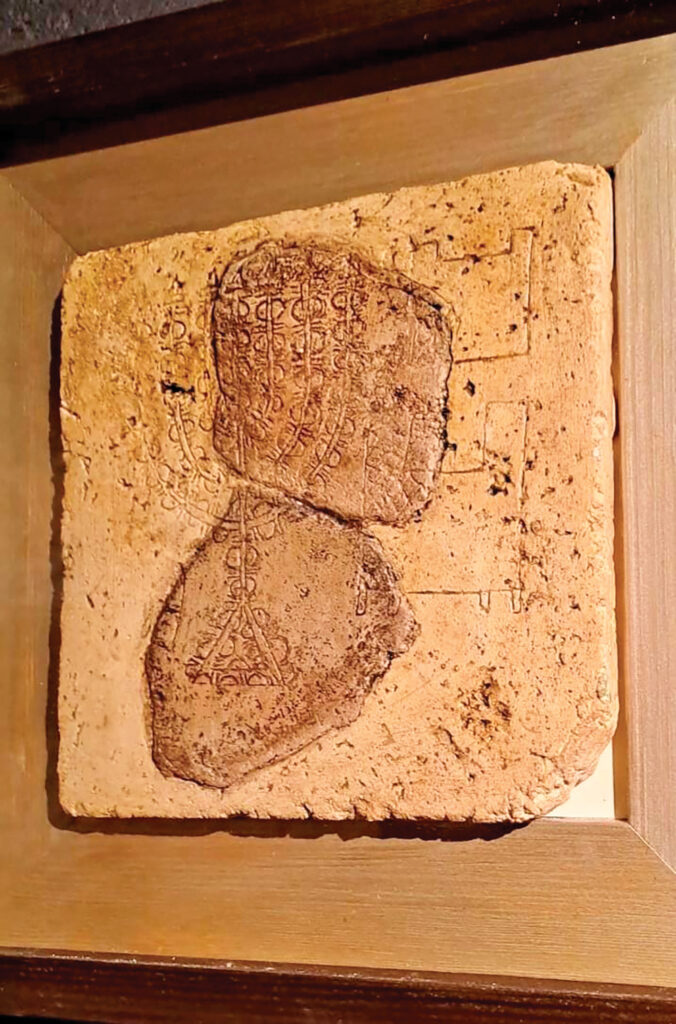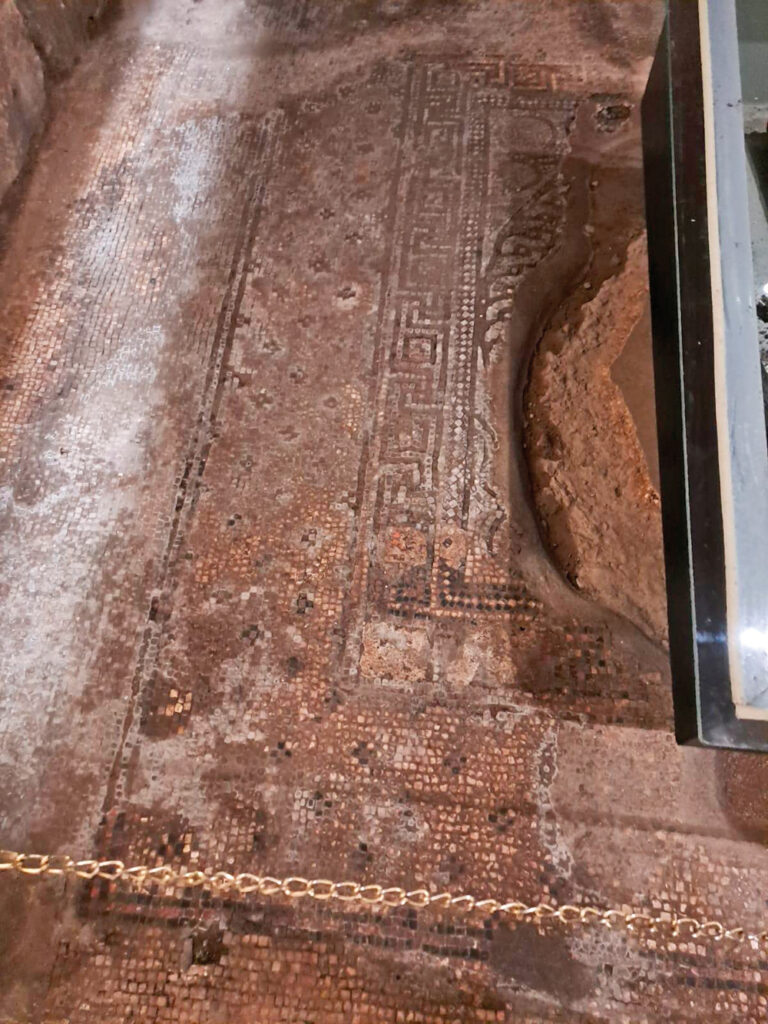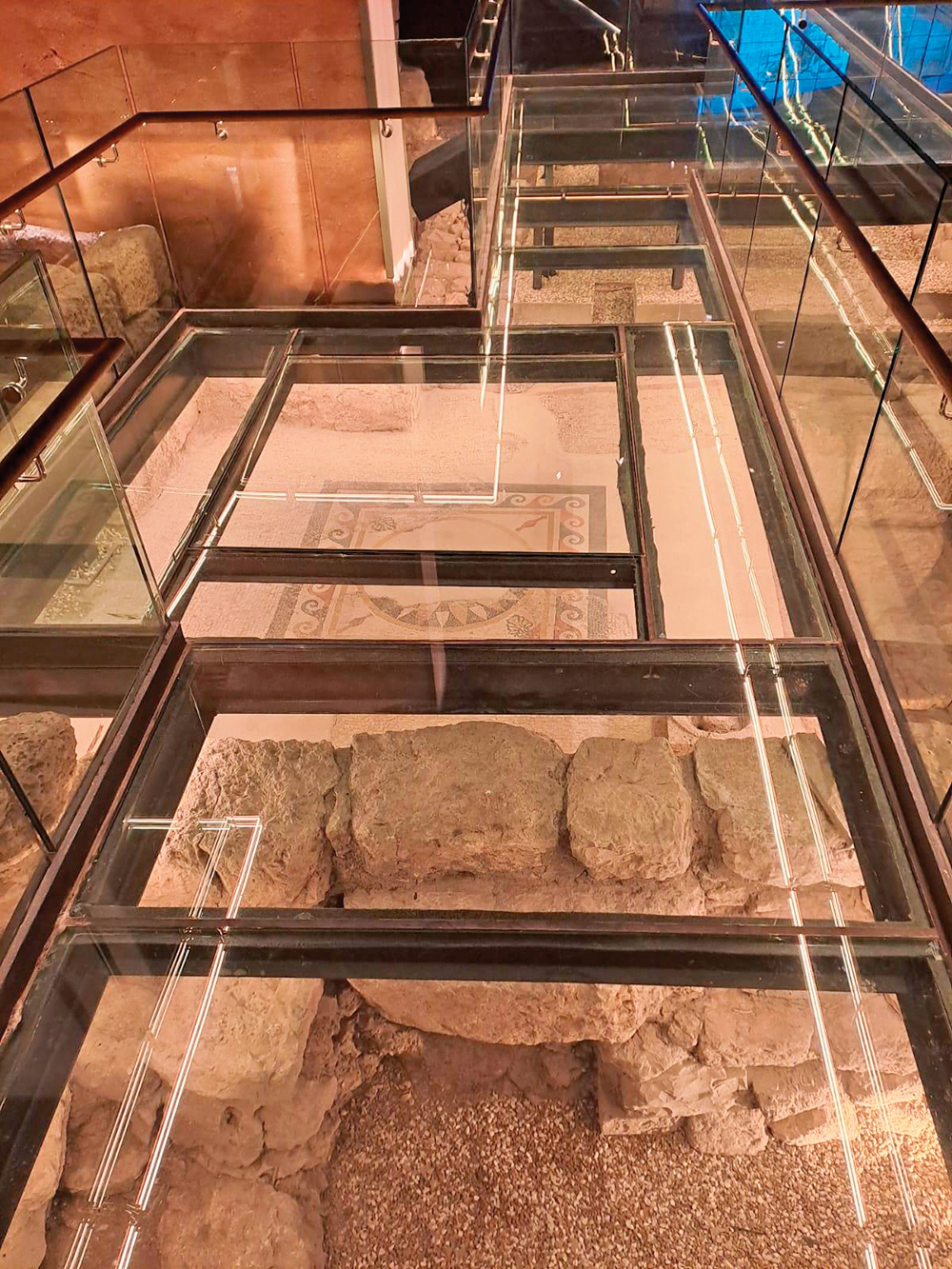
(Information for this article is culled from material put out by the Company for the Reconstruction and Development of the Jewish Quarter as well as a tour in the new museum for licensed guides.)
A trip to Israel today is always exciting! Imagine the excitement of coming to visit Yerushalayim in the times of the Beit Hamikdash. Whether it was for one of the Shalosh Regalim or on any other occasion, the experience of visiting Yerushalayim Ir HaKodesh was not to be missed. We know a lot about the Beit Hamikdash itself, but what was daily life like in the city of Yerushalayim in ancient times?
After Israel’s Six-Day War a rare opportunity presented itself. Ancient Yerushalayim had been buried under many layers of civilization over almost 2,000 years. Israel’s 1948 War of Independence had destroyed many of the homes of the Jewish Quarter. When Israel returned in 1967 to clear the rubble, they found windows to ancient Yerushalayim. An expedition headed by renowned archeologist Nachman Avigad began to unearth Yerushalayim of yore.

In the newly renovated Batei Cohanim Museum (previously known as the Herodian Quarter) we can see the remains of mansions from the time of the Second Beit Hamikdash. Who lived here in such elegance and class? What happened inside? Let’s enter the museum and explore.
Our host will be none other than a resident of this mansion some 2,000 years ago. The impressive use of technology makes the ancient ruins come alive in a way that is fascinating for both kids and adults. As we walk through this home, we will learn about daily life in Yerushalayim for the upper-class elite, most probably the Kohanim.
Our tour of the homes will be mostly in the basements. The upper floors were destroyed over time. In the basement of the Western house we will walk on glass floors over mikvaot from the time of Bayit Sheini. There are quite a few mikvaot here which look like they were in the basement of private homes. Attention to the halachot of tumah and tahara were necessary during the time of the Beit Hamikdash. If these were homes of Kohanim who would be entering the Beit Hamikdash often, it’s understandable that there would be so many mikvaot.

We will then watch a short, kid-friendly film which takes us back to Yerushalayim of old. Then we will continue our tour of the homes to see some beautiful and ornate mosaic floors and fresco wall paintings. All of this attests to the luxury enjoyed by the owners of this home. As we look at the mosaic, which is quite elaborate and detailed, it is also striking that there are no animal or human images. Although these mansions were clearly built in Roman style, showing the best the “modern” world had to offer, care was taken to adhere to the Torah prohibition of creating images.
We will also see that many stone vessels such as jugs and even a table were found in the mansions. Stoneware was much more expensive than pottery but was used often by those who were adhering to the laws of tumah and tahara. Stone vessels are not mekabel tumah. Again, this points to these mansions being the homes of Kohanim, who were careful to maintain a state of tahara so they could go to the Beit Hamikdash.
As we walk through the mansions, we will come to a row of pillars in elaborate design with opus sectile tiles at their base. What was this exquisite building used for? Did it have private or public functions? It is strikingly similar to Herodian palaces in Jericho and Masada. We can only imagine someone standing in a courtyard here overlooking Har HaBayit and watching the Kohanim at work.

Perhaps the most exciting find displayed in the mansions is part of a small sketch of the Menorah. This drawing may have been made by someone who actually saw the Menorah in the Beit Hamikdash. It’s interesting to note that in the sketch, the base of the Menorah is triangular as opposed to the one displayed on the Arch of Titus, which looks more like a podium with steps. One of the versions of the Rambam in Beit HaBechirah (based on a Yemenite manuscript) also displays a menorah with a triangular base. (הוצאת פרנקל עמוד תתקנ) Can we use this picture to determine what the actual Menorah really looked like?
Before we leave the mansions, we will notice another beautiful mosaic scarred by fire and ash. Yes, this is the remains of the churban that destroyed our Beit Hamikdash and the city of Yerushalayim almost 2,000 years ago. As we reflect on the luxury of these beautiful homes and the sad end that befell them, may we rise to the occasion, eradicate the sinat chinam in our hearts and herald in the era of Yerushalayim Ha’Benuyah Bimheira Biyameinu!
Hava Preil is an enthusiastic licensed Israeli tour guide. She grew up on the Upper West Side of Manhattan and holds an MA in Judaic studies. Hava has developed and taught accredited courses in Tanach and Jewish ethics for Naaleh/Woodmont College and Cybersem. She currently lives in Givat Ze’ev, Israel, with her family. Hava can be reached at IL:054-844-1579, USA: 845-391-0438 or at Havapreil@gmail.com. Visit her new website, Home-Hava Preil Tours, havapreiltours.com. Reach out to learn about various one-day group tours for summer 2024!











